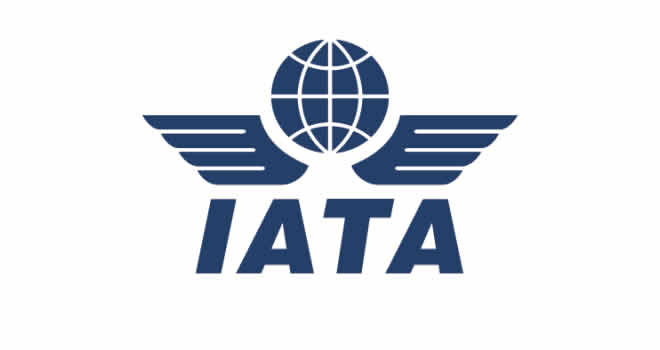The Airline Industry’s Financial Resilience in 2025: Navigating Uncertainties and Maintaining Profitability
The global airline industry is expected to demonstrate financial resilience in 2025, navigating various uncertainties to achieve a net profit of $36 billion, according to the International Air Transport Association (IATA). This positive outlook represents an improvement from the $32.4 billion earned in 2024 and reflects a net profit margin of 3.7%, surpassing the 3.4% achieved in the previous year and the earlier projected 3.6%. Despite facing headwinds like trade tensions and declining consumer confidence, the industry’s operating profit is projected to reach $66 billion, a notable increase from the $61.9 billion estimated for 2024, although slightly lower than the previously anticipated $67.5 billion. Total revenues are expected to reach $979 billion, a 1.3% growth compared to 2024, but falling short of the previously projected $1 trillion mark.
A key driver of this positive financial outlook is the declining price of jet fuel, which has fallen by 13% compared to 2024 and 1% below earlier estimates. This significant reduction in fuel costs, coupled with anticipated growth in passenger and cargo traffic, despite some downward revisions in demand projections, has contributed to the improved net margins. While the industry’s performance is encouraging, it’s crucial to acknowledge that the 3.7% net profit margin is still considerably lower than the average profitability observed across other industries. Nevertheless, the achieved profitability underscores the resilience that airlines have diligently cultivated in recent years.
Willie Walsh, IATA’s Director General, emphasized the substantial uncertainties that characterized the first half of 2025, while highlighting the positive impact of lower jet fuel prices. He pointed out that despite trade tensions and weakened consumer confidence impacting demand projections, airlines are expected to transport more passengers and cargo in 2025 than in 2024. This improved outlook results in an enhanced net margin of 3.7% for 2025, up from 3.4% in 2024. Although this margin is still below the average for other industries, it reflects the industry’s resilience in the face of various challenges.
Walsh also stressed the importance of interpreting the industry’s aggregate figures in the proper context. While a $36 billion profit appears significant, it translates to only $7.20 per passenger per segment. This thin margin of profit underscores the industry’s vulnerability to external factors like new taxes, increased airport or navigation charges, demand shocks, and costly regulations. Policymakers, who rely on airlines as a cornerstone of a value chain employing 86.5 million people and contributing 3.9% to the global economy, must consider this reality when formulating policies.
The projected increase in passenger and cargo traffic demonstrates the enduring demand for air travel and transport. Despite the downward revisions in demand projections due to trade tensions and weakened consumer confidence, the industry anticipates growth in both segments. This indicates the essential role airlines play in connecting people and facilitating global trade, contributing significantly to the global economy and employment.
In conclusion, the airline industry is poised for a profitable 2025, driven by lower fuel costs and increased traffic, despite facing ongoing uncertainties in the global market. This positive outlook underscores the industry’s resilience and its critical role in the global economy. However, the relatively thin profit margins emphasize the need for careful consideration by policymakers to avoid imposing burdens that could jeopardize the industry’s financial stability and its significant contributions to employment and economic activity.













